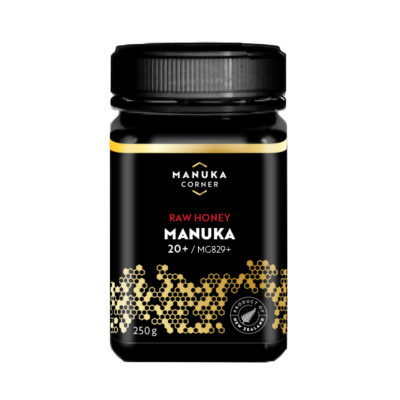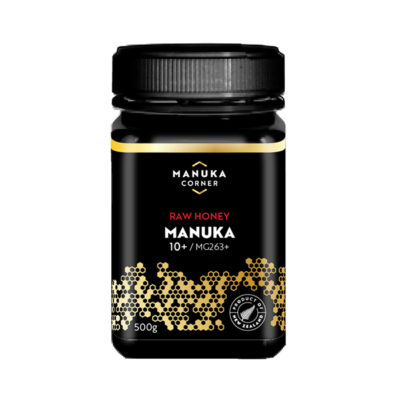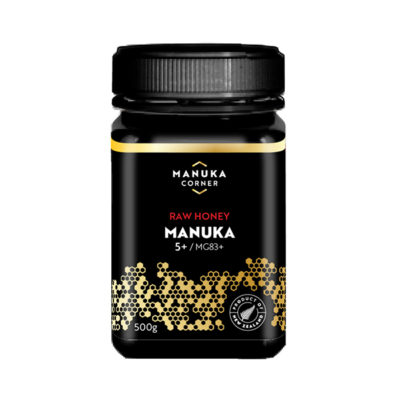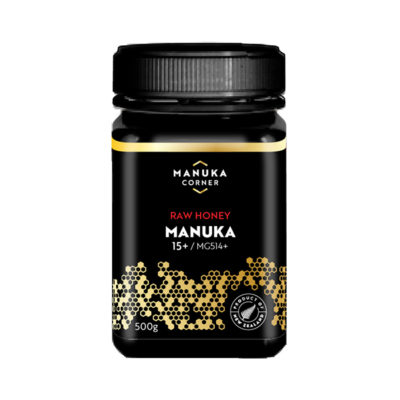How does honey get to my toast?
We all know honey is yum and nutritious. And we all know that bees make honey. And we all know that honey comes from flowers, but do you know how bees actually make honey; how it is made step by step?
How do bees make honey?
It came up in conversation the other day, so here at Manuka Corner we thought we had better do something about explaining how honey is made. After all, we are NZ honey experts!
Making honey takes teamwork
The production of honey is a multi-step process, as you would imagine.
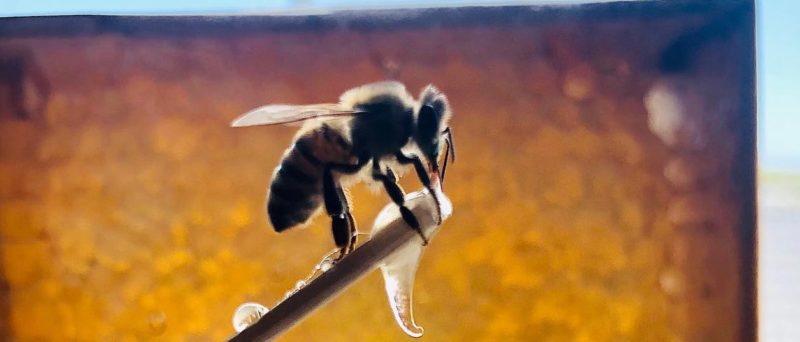
Firstly, worker bees (which are of course female) visit flowers, around 100 of them per foraging trip, where they collect nectar by sucking it out with their tongues. They store it, along with a little bit their saliva, in what’s called their honey stomach, which is different from their food stomach.
Once the honey stomach is full, the worker bee returns to the hive to drop off the load. But consider this: she can carry a load of nectar close to her own body weight. Even the most advanced aircraft can only take off with 1/4 of its own weight.
Upon arrival at the hive, she’ll pass it on to the house bees. They suck the nectar from the honey sac through their proboscis and then chew the nectar for about half an hour. It’s passed from bee to bee, and special bee saliva enzymes change it until it gradually becomes honey.
The real honey deal
At this stage, the nectar and enzyme mixture contains too much water to be stored over the winter. The bees must begin work on dehydrating it. First, they spread the honey over the honeycomb, increasing the surface area and then the bees fan their wings near the honey to increase airflow and evaporate even more liquid until the honey has a water content of about 17-20%, down from around 70%.
In the final step the bees store the honey into the cells of the honeycomb, where it will stay until the bees are ready to eat it. To keep it fresh and clean each cell is capped with beeswax.
A word of thanks to the bees
So that’s how bees make the honey we all love. So, next time you spread great dollops of delicious manuka honey on your toast, give a little thanks to the hundreds of busy bees that made it all possible. It takes around two bees all their lives to make one single teaspoonful of honey and they usually live for about six weeks. Generally, honey bees will travel around a 5-to 6-kilometre radius foraging for pollen and nectar to make just 500 grams of honey and they will travel approximately 75,000 kilometres in their work.
Buy pure New Zealand honey
Raw manuka honey is special. Check out our raw NZ manuka honey,You’ll appreciate all their hard work!

